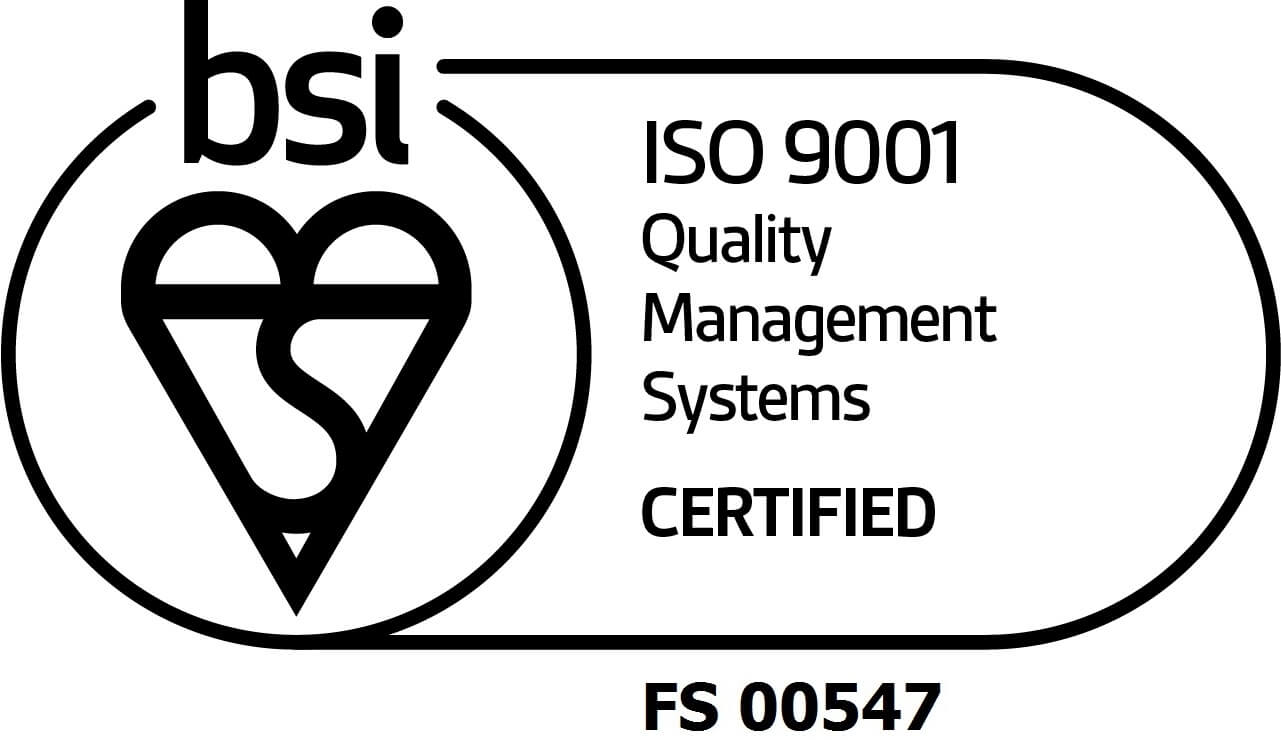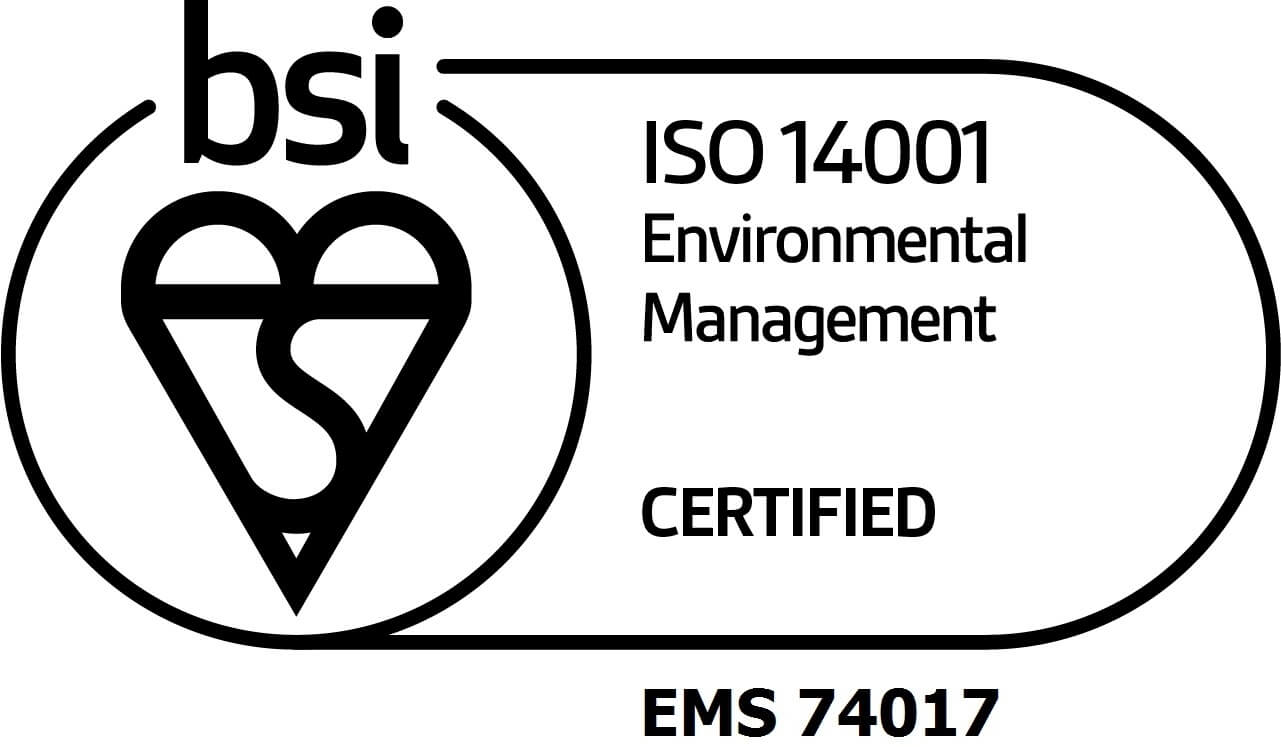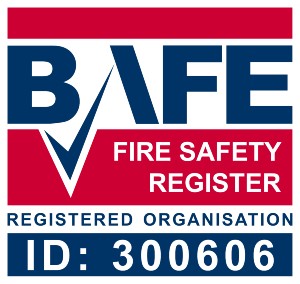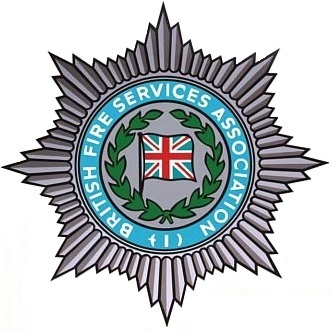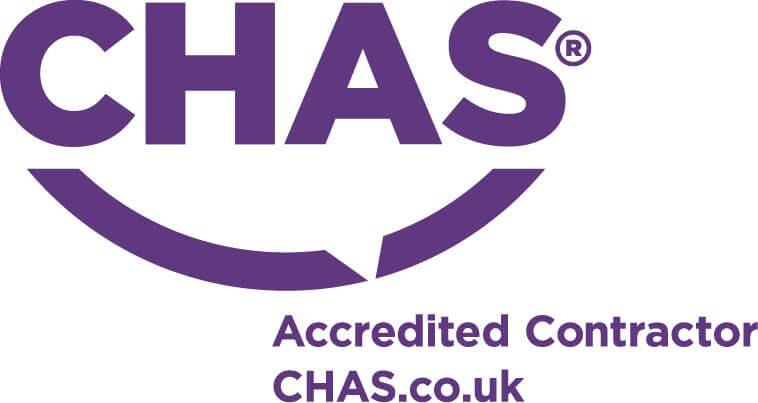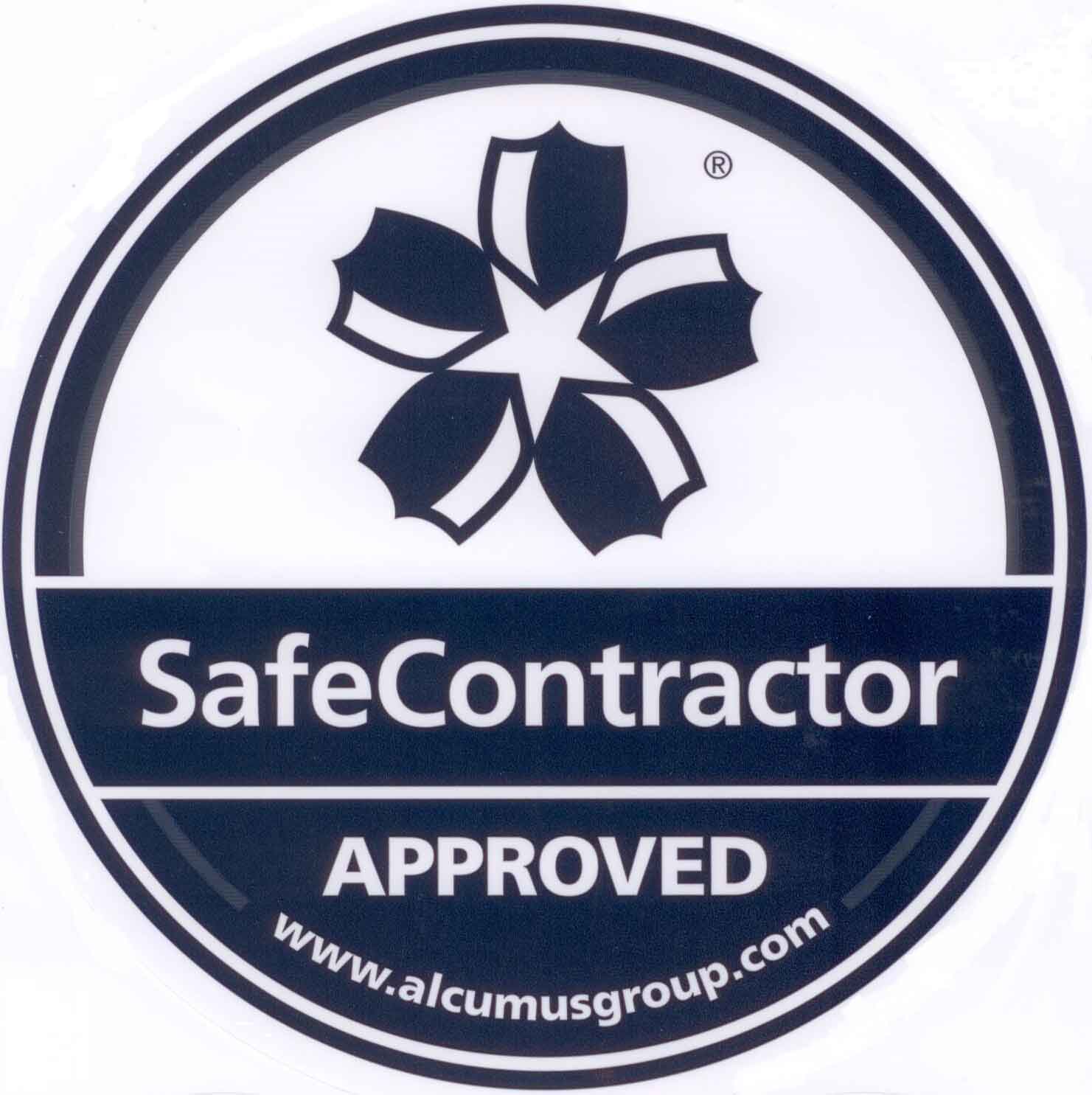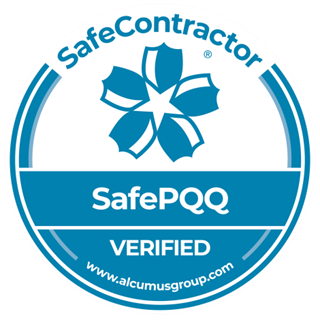Cleaning Up Fire Extinguisher Foam
Before cleaning up any extinguisher residue, check to see what type of fire extinguisher you’ve used to put out the fire. You will likely already know this due to health and safety protocols, but it pays to make sure. Once you know which type of residue you are dealing with, you can go ahead and start following one of the guides below for safely cleaning up the mess in an efficient manner.
Safely Cleaning Up After Using a Water Fire Extinguisher
After using a water fire extinguisher to put out a fire, the two main concerns are water damage and electrical wiring. The simple solution is to quickly take some dry towels and soak up the water from vulnerable spots, making sure to turn off and unplug any affected electronics first. This is one of the easier residues to clean up and doesn’t require any protective equipment.
Safely Cleaning Up Foam and Liquid Residues
For foam or wet chemical fire extinguishers, follow these steps to safely remove foam or chemical liquids from any affected area.
- As the foam or liquid from these types of fire extinguishers is known to be carcinogenic, it’s best to put on goggles and impermeable protective gloves before starting.
- Begin by soaking up the residue using paper towels or something disposable that can soak up the residue.
- Use water to wash the affected area until completely clean and continue to soak up any left over residue.
- Once the area is clean, take the dirty towels and seal them in a plastic bag. You can then throw the contents away as you would any normal waste.
Safely Cleaning and Disposing of Dry Chemicals
Cleaning up dry powder residue also requires you to wear protective equipment for your safety. The dry powder used in these types of extinguishers is often an irritant to the throat, lungs and eyes. Chemicals used for dry powder extinguishers include sodium bicarbonate, potassium bicarbonate and mono ammonium phosphate.
- Put on goggles, a mask and gloves.
- For potassium bicarbonate and sodium bicarbonate residues, you can use a vacuum cleaner to clean up the mess. Sweeping with a broom will also work – as will dry cloths
- On mono ammonium phosphate stains, scrubbing away the affected area is the best method. Be thorough with this type of dry powder as it can cause damage to equipment.
- With a small, stubborn bicarbonate stain, vinegar and water scrubbed into it will help clean the area.
- Dispose of vacuum contents and rags in a sealed plastic bag in the same way as with wet chemical residues.
Cleaning Up After Using Carbon Dioxide and Clean Agent Extinguishers
Lastly, perhaps the easiest to clean up after is carbon dioxide and clean agent fire extinguishers. The remnants of many of these types of extinguishers disperse into the air, such as with halotron fire and carbon dioxide extinguishers. They are ideal for extinguishing fires while protecting the affected materials as best as possible, such as important documents.
Here at City Fire, our status as a leading independent fire safety company has been achieved thanks to our commitment to first class fire safety equipment and training. If you would like to know more, please feel free to get in touch with us today.



